Over the past few months, I’ve been listening to Malcolm Gladwell’s podcast, Revisionist History. Maybe it’s because of my love for basketball and fascination with the statistics Wilt Chamberlain was able to amass during his career, but Gladwell’s episode The Big Man Can’t Shoot struck a chord with me as we prepare for the upcoming school year and the work we will begin with our students in less than a month.
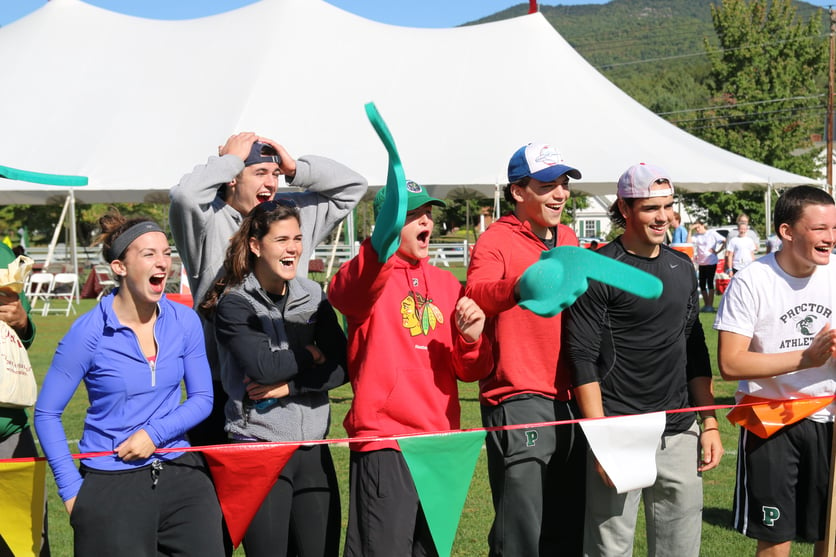
Using Wilt Chamberlain and Rick Barry’s foul shooting forms as examples, Gladwell explores why excellence is such a difficult and elusive goal, even for the best-intentioned. Chamberlain was a terrible foul shooter (career 50%), but temporarily shifted to shooting free-throws underhand, like Rick Barry did (Barry was a career 90% from the foul line) and increased his accuracy by more than 11% in one season. The next season, what did Chamberlain do after improving markedly? He returned to his old overhand form and his percentage plummeted to as low as 42% later in his career. Why would he do this when it was clear he was better off shooting underhand? Simple, no one else was shooting underhand and he didn’t want to be different. He was willing to perform poorly because he would look better doing so. Sound familiar?
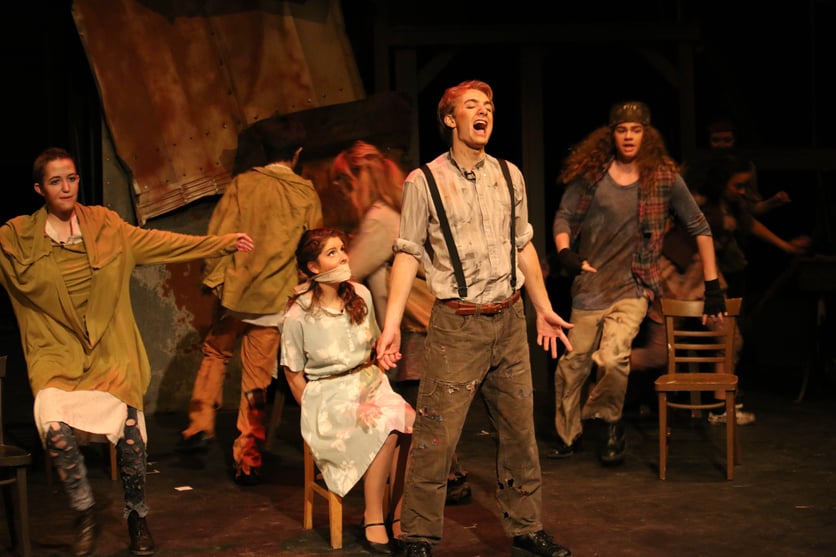
Gladwell expands his conversation on threshold, or an individual’s willingness to change his or her behavior and be ‘different’, to arenas beyond sport. Adolescents driving over the speed limit have a very low threshold (they are easily swayed to go against their best judgement with peers in the vehicle), while NFL owners have a very high threshold (they continue to make proven inefficient economic decisions when drafting players because they do not want to be different).
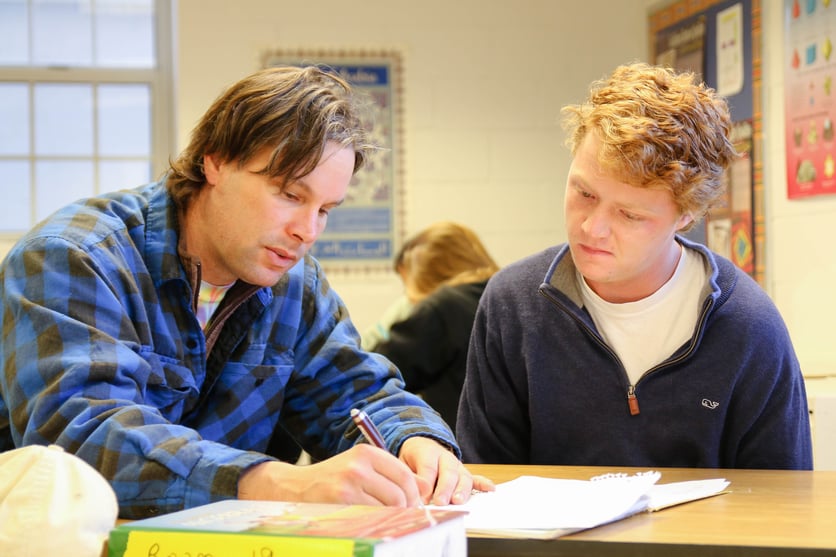
As educators, we recognize adolescents are a complicated beast with regard to threshold. They have low a threshold when we don’t want them to (like the speeding example above), but a remarkably high threshold when we wish they would just take a risk and try something new. Parents and teachers have been wrestling with this reality for centuries, and we don’t claim to the understand teenage decision-making process. What we have found, however, is the supportive community of adults at Proctor combined with the peer-to-peer respect fostered in mixed age dormitories, advisories, and afternoon activities lowers student threshold in all the right ways.
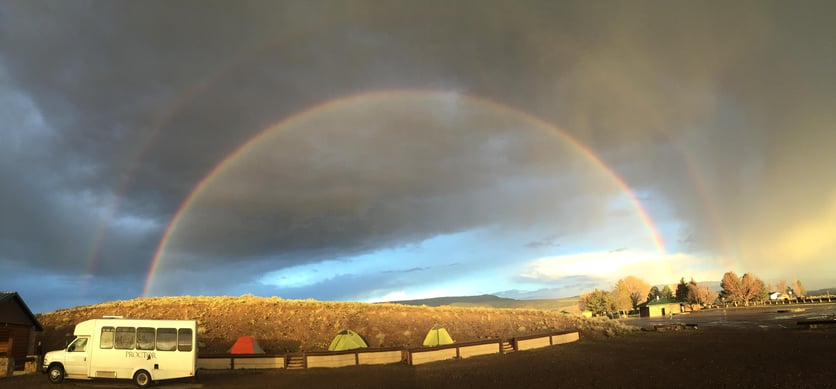
Students soon arrive on campus, and we wait with anticipation those moments when our advisees surprise us by enrolling in a new art class, decide to study off-campus, or inform us they are going to audition for the spring musical even though they’ve never stepped foot on the stage before. Each time a student breaks the mold and redefines what is ‘cool’, the collective threshold within the student body lowers. This opens the door for others to follow suit and explore their passions even though it may expose them being different.
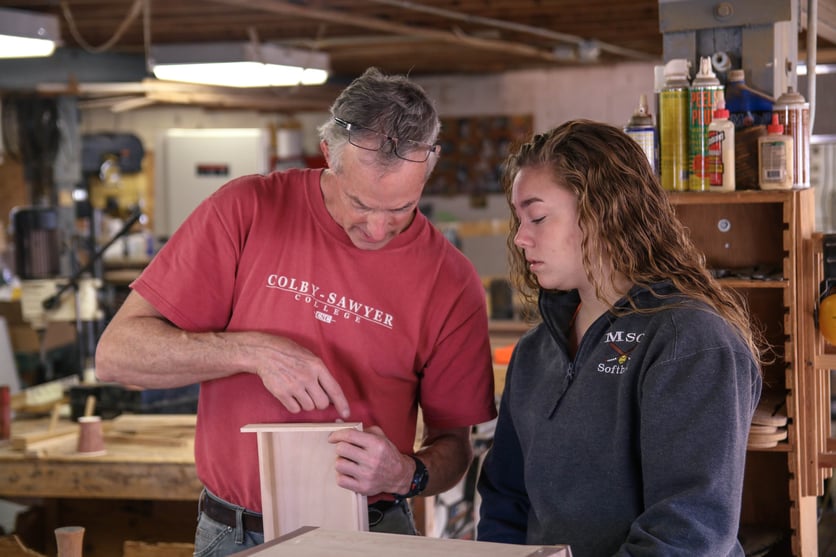
Our community thrives on this intangible quality. Institutionally, we try to mirror our student's willingness to be different, by developing programs and policies we believe to be foundational to student development, even if they are inconsistent with what other schools are doing. Thank you, Malcolm Gladwell, for helping us think more tangibly about how to continually foster the Proctor Magic that impacts each student that steps foot on our campus.








